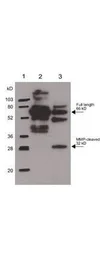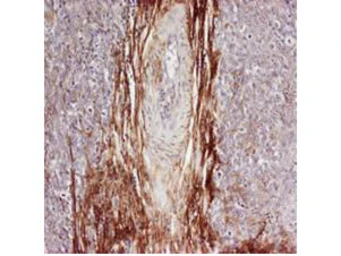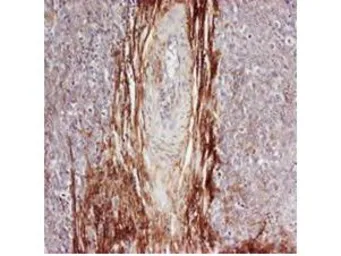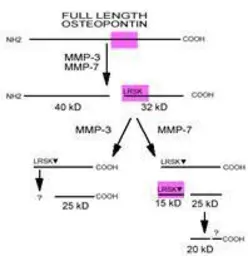Osteopontin antibody
Cat. No. GTX28448
Cat. No. GTX28448
-
HostRabbit
-
ClonalityPolyclonal
-
IsotypeIgG
-
ApplicationsWB ICC/IF IHC-P IHC-Fr IP ELISA IHC
-
ReactivityHuman, Mouse, Rat



